About a month after Axis forces attacked Pearl Harbor in 1941, more than 600 Northwestern physicians and dentists, along with Chicago-area nurses and enlisted men from across the country, were activated as the 12th General Hospital Unit. After training in the U.S. for almost a year, they would travel abroad to treat nearly 30,000 patients over the course of World War II.
“Operation Saving Lives,” an interactive digital and physical exhibit developed by Galter Health Sciences Library and Learning Center, showcases the recruitment, training and medical experiences of the unit, in addition to the recreational activities that bonded its members together. The exhibit launched August 14 with an event at the Chicago campus featuring guest speaker Sanders Marble, PhD, senior historian for the U.S. Army Office of Medical History.
“They served their country,” Marble said, “and by helping the sick and wounded soldiers, they helped win the war.”
The exhibit materials were primarily drawn from the papers of Northwestern University Medical School alumni Michael L. Mason, ’33 MD, and James A. Conner, ’24 MD, ’31 GME. Materials were also contributed by other family members of those who served with the 12th General Hospital, some of whom spoke to their personal connection to the unit at the August 14 event.
The exhibit was curated by U.S. National Library of Medicine Fellow Gabrielle Barr, MSI, with Galter’s Departments of Special Collections, User Services and Research Assessment and Communications.
Travel back through Northwestern’s WWII medical history:
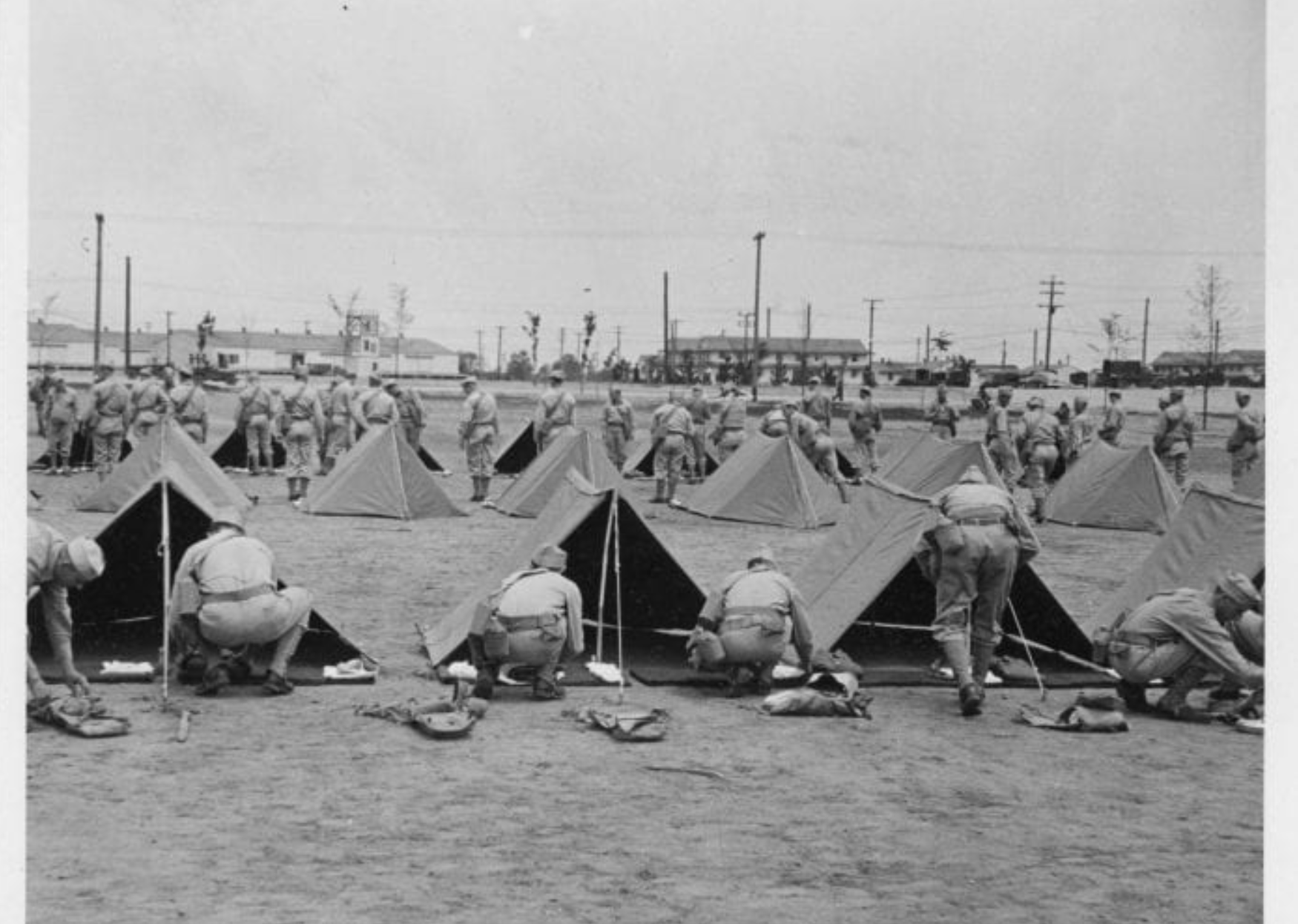
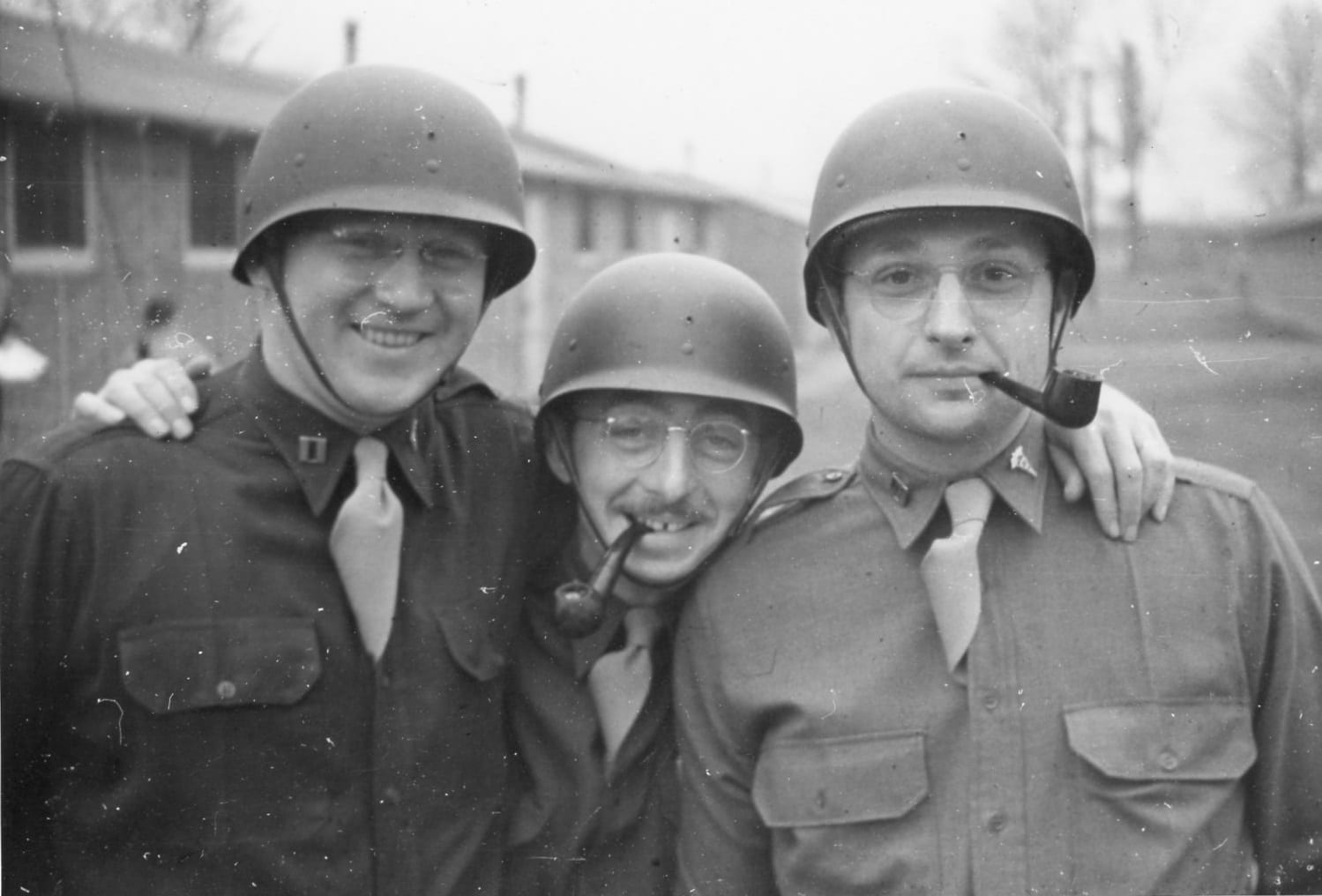
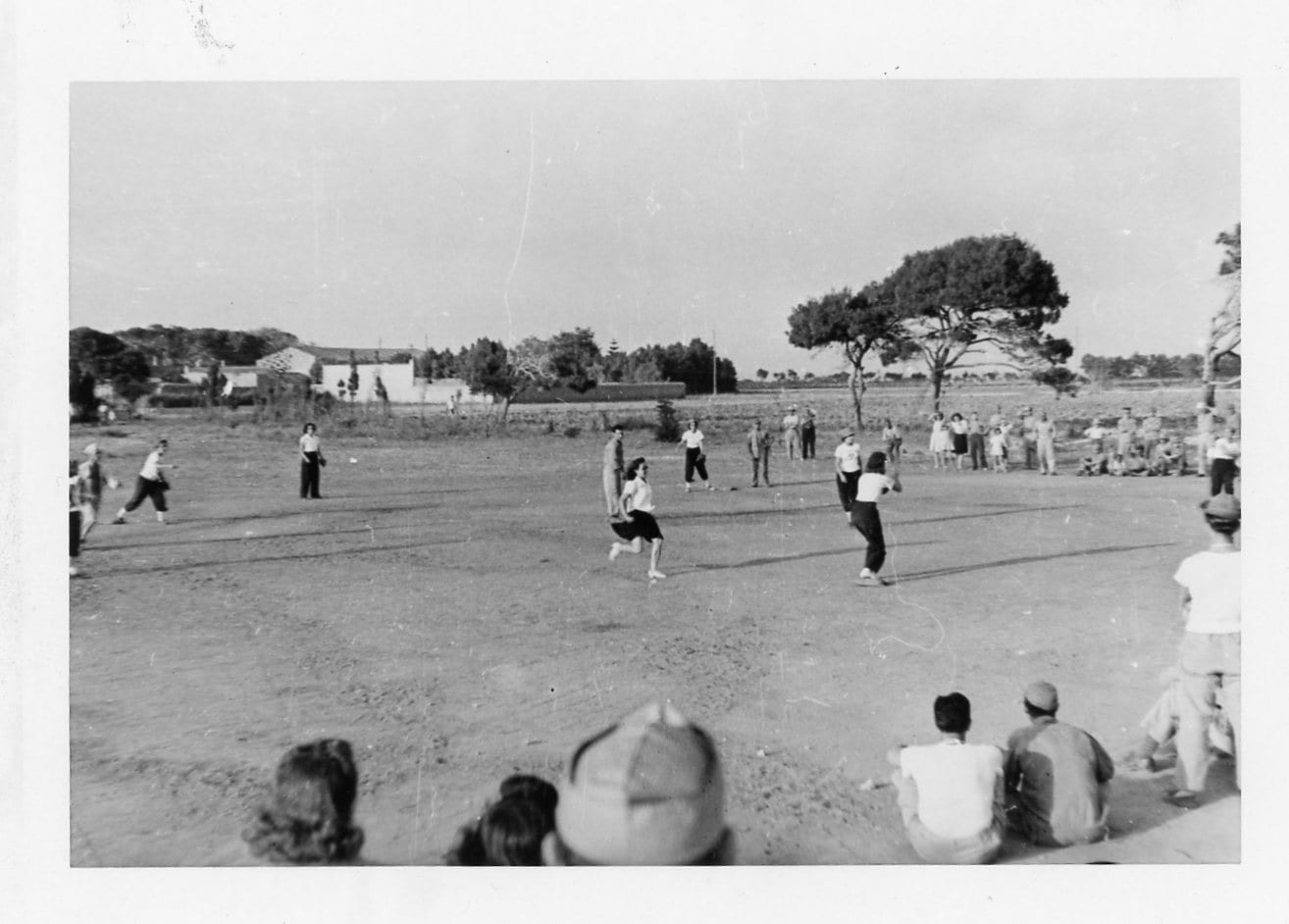
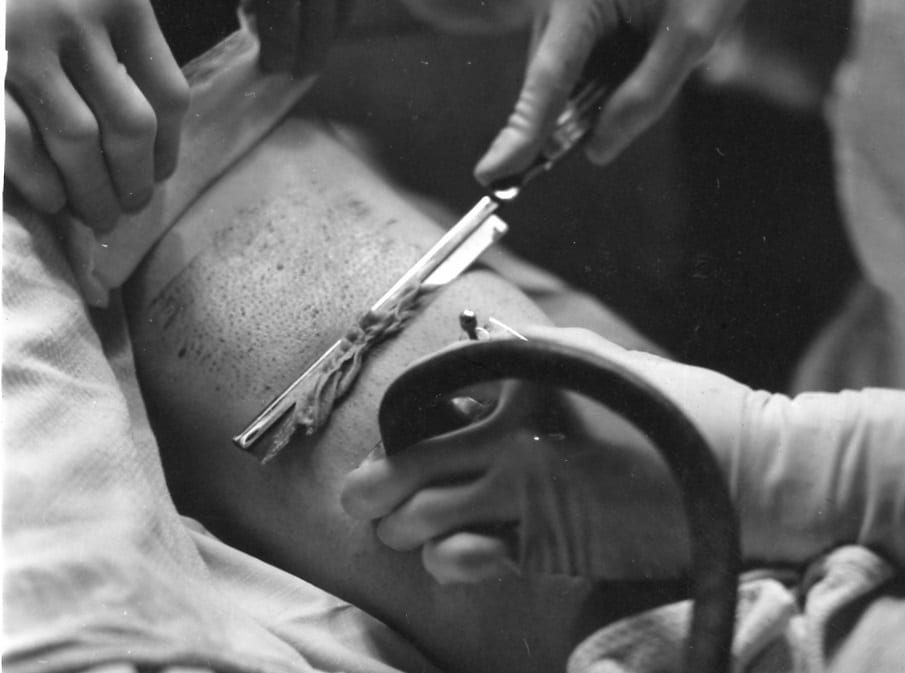
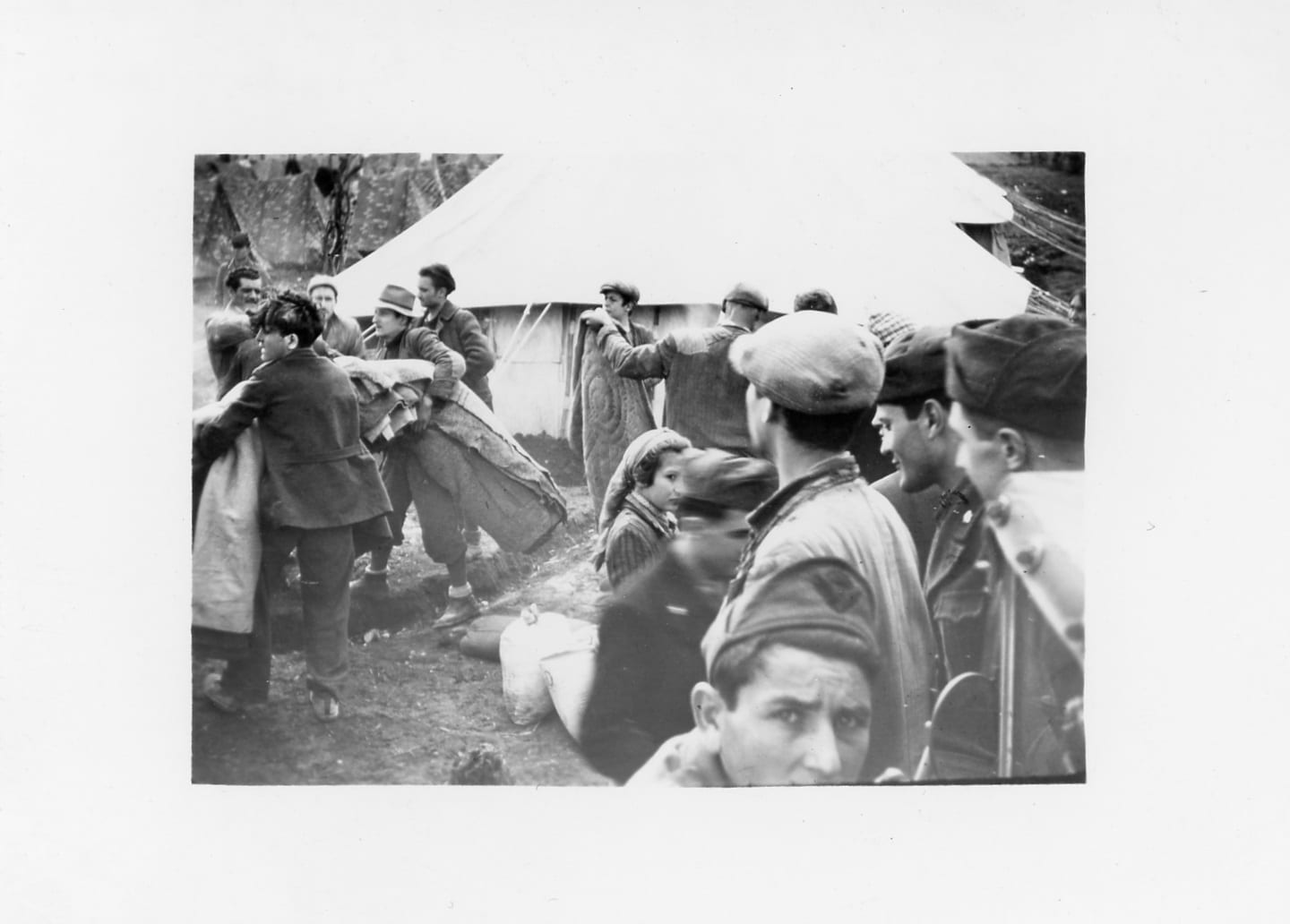
View the rest of the online exhibit. Explore the entire 12th General Hospital digital collection.






